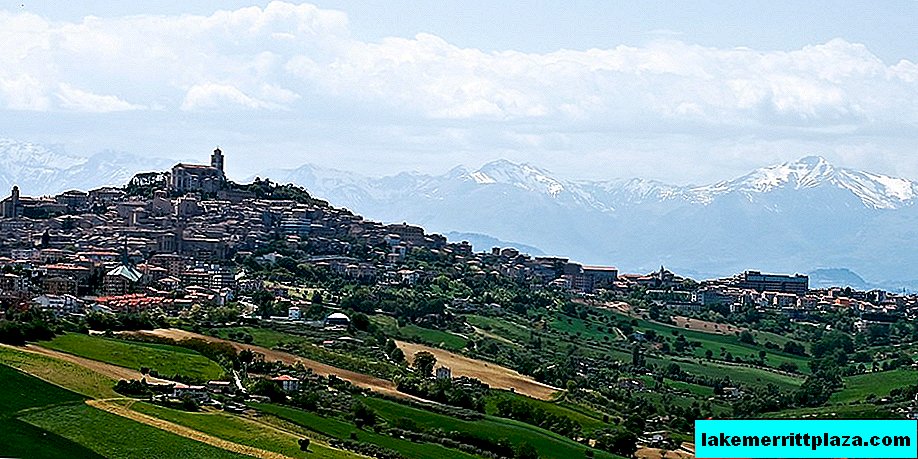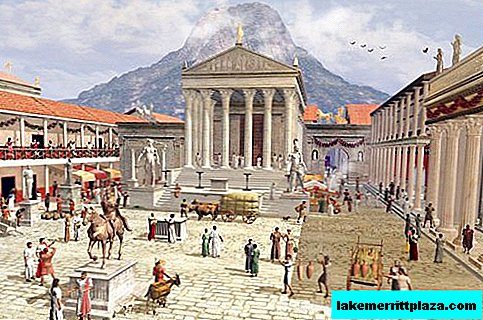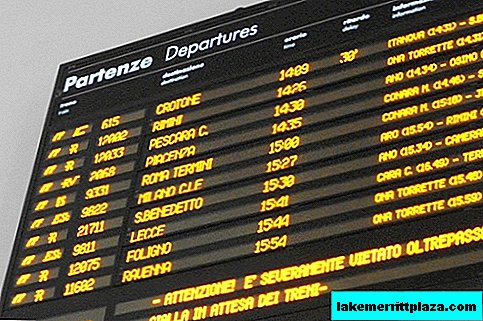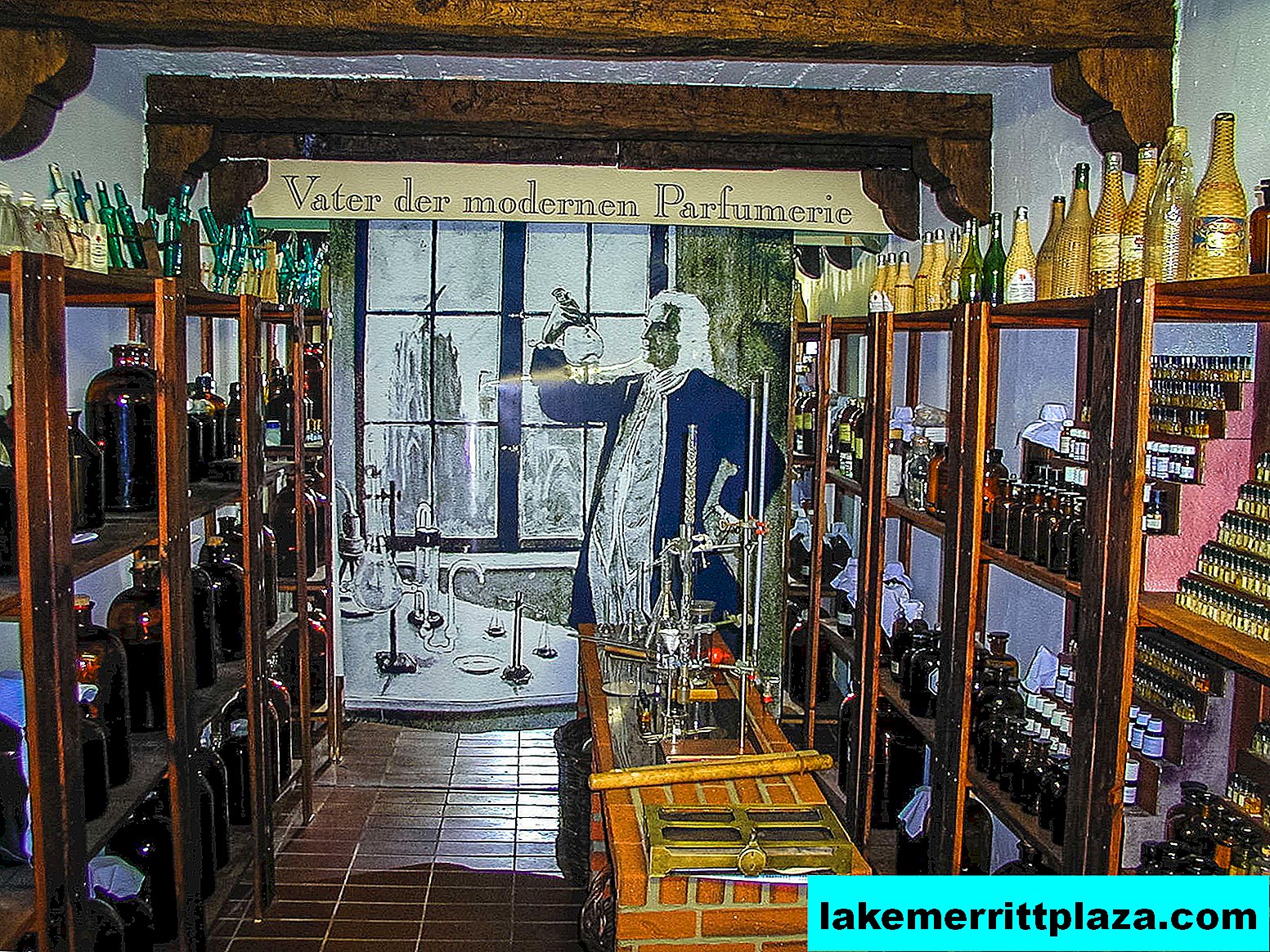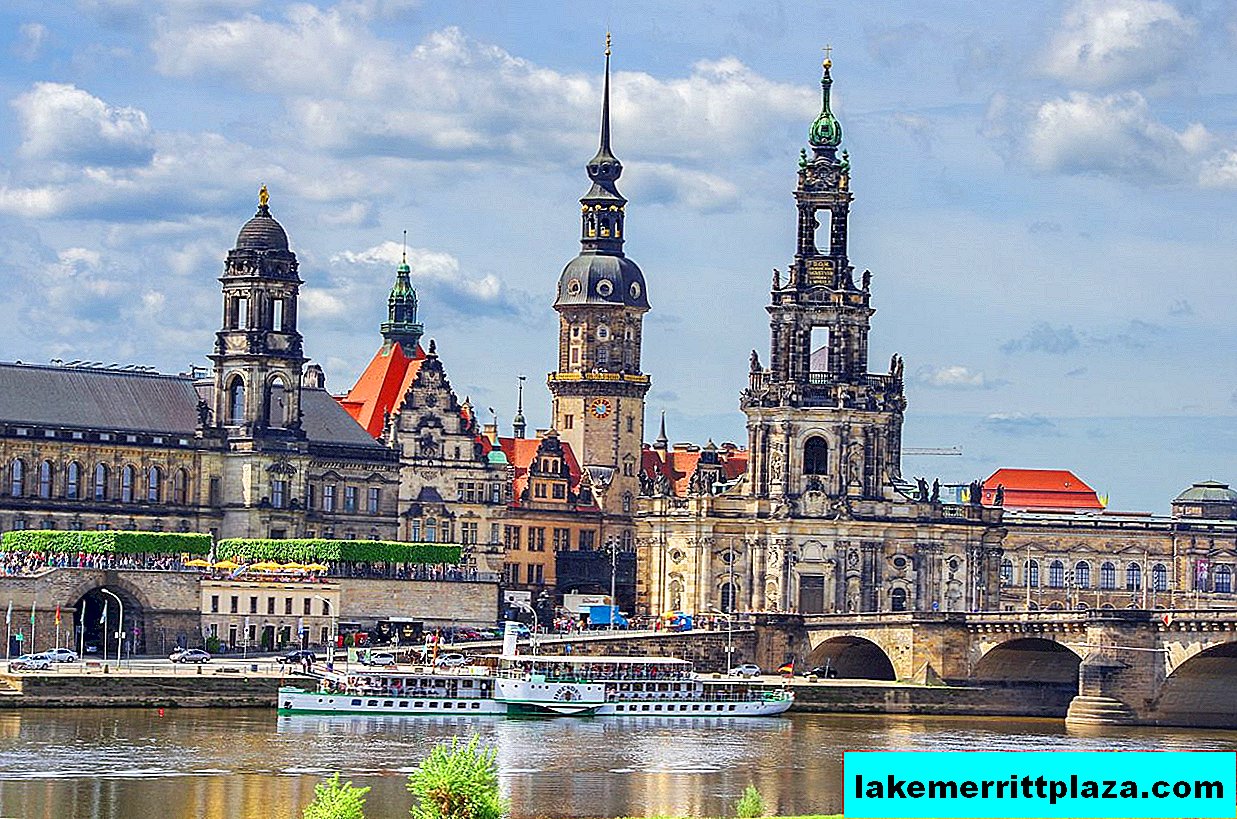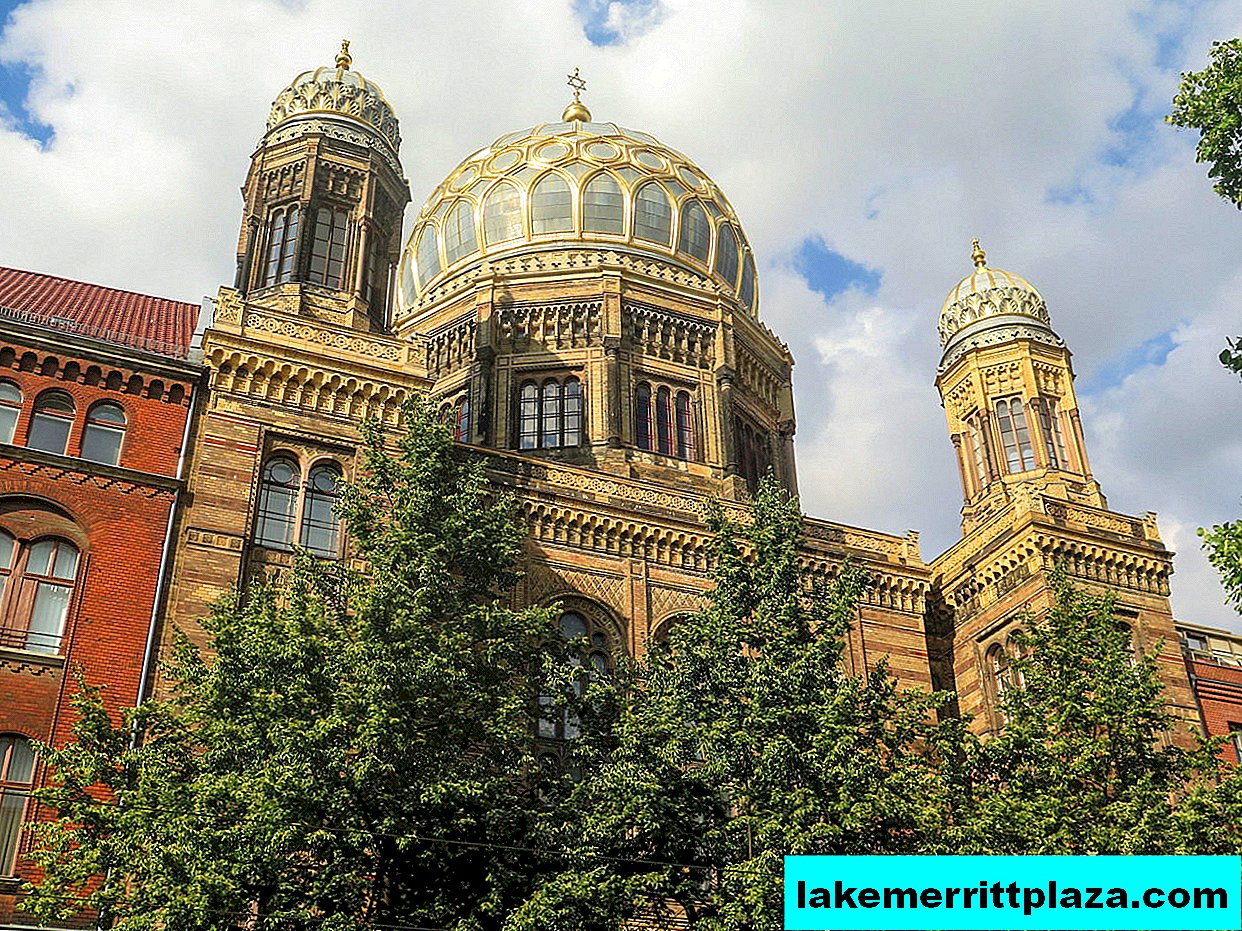At the Conference of Ambassadors (Conferenza degli Ambasciatori) will be presented a project to simplify the procedure for entry into Italy of qualified specialists
Italian universities cannot be called the most popular in the world. In the latest ranking of 400 different educational institutions in the world, published a few weeks ago in the Times Higher Education University Ranking, the Italian name first appears only at 221 positions. Although Italy, a brain drain country, has very good potential to attract international students. If only bureaucratic procedures are simplified, if the labor market opens, if the creation of one's own enterprise ceases to be an event from the category of impossible, if, if, if ...
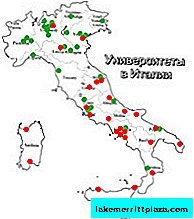
There are many conditions, but you have to start somewhere. The Council of Ministers began with visas, from the first insurmountable obstacle faced by a foreigner who wants to invest his money or intellect in the development of Italy. Suffice it to say that according to the decree (a set of 50 standards that simplify the influx of new forces and minds into the country), signed on December 13, any foreigner who wants to study at an Italian university or open an innovative company in this country can count on a simplified procedure for obtaining a long-term visa on preferential terms. This decree will be presented today, December 18, at the Conference of Ambassadors in Rome.
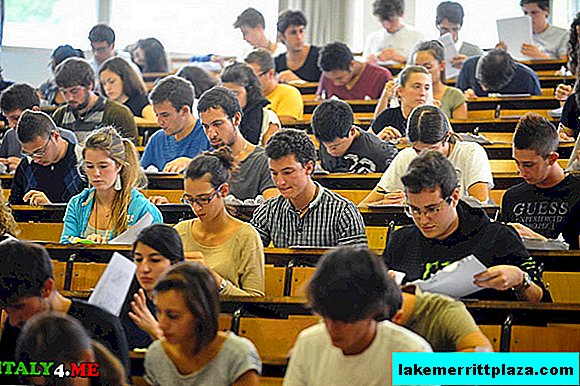
The goal of the project is to increase the financial and intellectual capital of the country. Countries such as Chile, Canada, the USA and Israel have been implementing such a policy for many years and have managed to achieve significant results in the areas of welfare, opening start-up enterprises, and social development. In Italy, all this time, the process was hindered by a complex and merciless bureaucratic machine. For example, the maximum number of foreign students entitled to study in Italian universities for a year was provided here. And who knows how many requests were rejected solely for this reason?
Or it’s worth recalling the distorted implementation of the European program for attracting qualified personnel “Blue Card”, according to which since 2009 10,000 talented professionals have arrived in the same Germany, and only 64 in Italy. The fact is that if in the original one of the requirements of the program sounds like “the presence of high labor qualifications and higher academic education”, then in the Italian version this position was translated as “the presence of high labor qualifications and the corresponding higher academic education”. Therefore, for example, a Hindu, an incredibly talented computer scientist, was rejected, having a diploma in philosophy (an area not related to his work).
From today, the situation will change. At least, they will try to change her. The government has a very difficult task: to get rid of excess bureaucracy by providing foreigners with long-term work permits in Italy.

